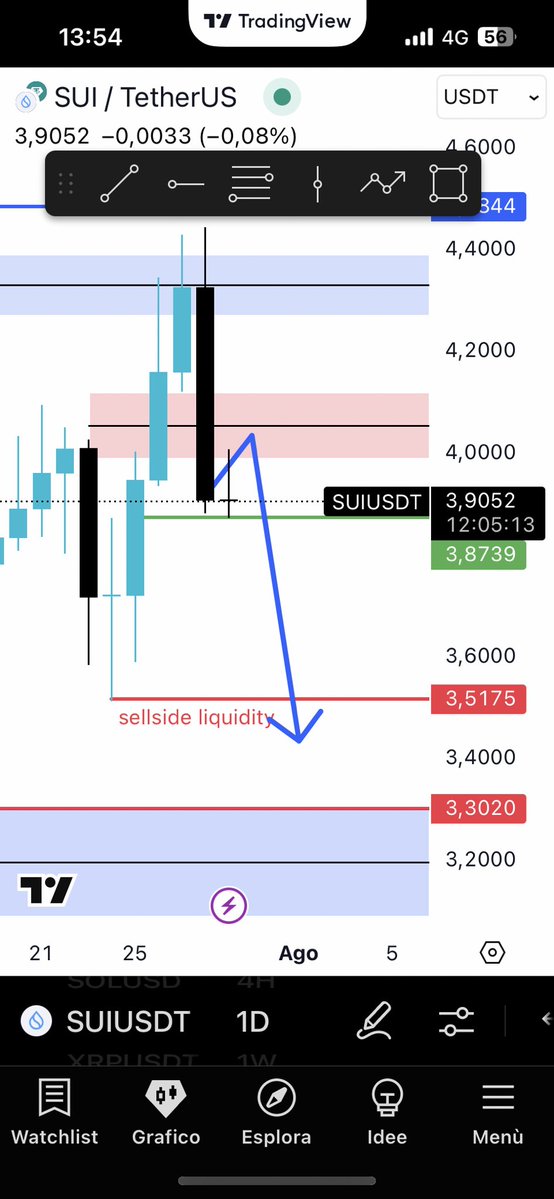The Intersection of Politics and Cryptocurrency: A 2025 Analysis
Imagine a world where the value of your digital wallet can fluctuate based on a tweet from a former president or a regulatory announcement from a distant government. Welcome to the dynamic and ever-evolving landscape of cryptocurrency in 2025, where politics and digital currencies are intertwined in ways that were unimaginable just a few years ago.
The Political Pulse: A New Era of Cryptocurrency Regulation
The Trump Factor
The political landscape in the United States has always had a significant impact on the cryptocurrency market. In 2025, this influence is more pronounced than ever, with former President Donald Trump’s ties to the cryptocurrency industry coming under intense scrutiny. The U.S. Securities and Exchange Commission (SEC) is facing new political pressure, which is reshaping the regulatory environment for digital currencies.
Trump’s involvement in cryptocurrency has been a subject of much debate. His administration’s approach to regulation was often seen as favorable to the industry, with a focus on innovation and growth. However, his ties to certain cryptocurrency projects have raised eyebrows, leading to calls for more stringent oversight. For instance, Trump’s endorsement of specific cryptocurrency projects on his social media platforms has sparked controversy, with critics arguing that such endorsements can influence market sentiment and potentially lead to market manipulation[1].
The SEC’s Dual Custody Dilemma
One of the most significant regulatory developments in 2025 is the SEC’s scrutiny of the dual custody system for cryptocurrencies. This system, which involves the use of two separate entities to hold and manage digital assets, has been a contentious issue. SEC Commissioner Hester Peirce has raised three potential investor risks associated with this system, sparking a broader debate within the industry[2].
The dual custody system is designed to enhance security and reduce the risk of theft or loss. However, critics argue that it introduces additional complexity and potential points of failure. The SEC’s ongoing evaluation of this system is likely to have far-reaching implications for the cryptocurrency market, affecting everything from investor confidence to the development of new financial products. The SEC’s stance on dual custody could set a precedent for how other regulatory bodies around the world approach the security of digital assets.
Global Regulatory Trends: A Patchwork of Policies
While the United States grapples with its own regulatory challenges, other countries are forging their own paths. The global cryptocurrency landscape is a patchwork of policies, with some nations embracing digital currencies and others taking a more cautious approach.
The European Union’s Balancing Act
The European Union (EU) is walking a fine line between innovation and regulation. The EU’s Markets in Crypto-Assets (MiCA) framework, introduced in 2024, aims to provide a comprehensive regulatory framework for cryptocurrencies. This framework seeks to balance the need for innovation with the protection of investors and the stability of the financial system.
The MiCA framework covers a wide range of issues, from the licensing of cryptocurrency exchanges to the regulation of stablecoins. It represents a significant step forward in the EU’s approach to cryptocurrency regulation, providing a clear set of rules for market participants to follow. The framework also includes provisions for consumer protection, anti-money laundering, and counter-terrorism financing, ensuring that the EU’s cryptocurrency market is both innovative and secure.
Asia’s Cryptocurrency Boom
In contrast to the cautious approach of the EU, many Asian countries are embracing cryptocurrencies with open arms. Japan, South Korea, and Singapore are among the leaders in this regard, with each country developing its own regulatory framework to support the growth of the cryptocurrency industry.
Japan, for example, has been at the forefront of cryptocurrency regulation since the early days of Bitcoin. The country’s Financial Services Agency (FSA) has implemented a series of regulations designed to protect investors and ensure the stability of the market. These regulations have helped to create a thriving cryptocurrency ecosystem in Japan, with numerous exchanges and blockchain startups calling the country home. Japan’s approach to cryptocurrency regulation is often seen as a model for other countries, balancing innovation with investor protection.
The Future of Cryptocurrency: Navigating Uncertainty
As we look to the future, the intersection of politics and cryptocurrency is set to become even more complex. The regulatory landscape is evolving rapidly, with new policies and frameworks being introduced on a regular basis. For investors and industry participants, navigating this uncertainty will be a key challenge.
The Role of Innovation
Innovation will play a crucial role in shaping the future of cryptocurrency. As regulatory pressures mount, the industry will need to adapt and evolve, finding new ways to meet the demands of investors and regulators alike. This could involve the development of new technologies, such as decentralized finance (DeFi) platforms, or the creation of more robust regulatory frameworks.
DeFi platforms, for example, offer a decentralized alternative to traditional financial services, allowing users to lend, borrow, and trade digital assets without the need for intermediaries. These platforms have the potential to revolutionize the financial industry, providing greater access to financial services and reducing the costs associated with traditional banking. However, they also present unique regulatory challenges, as they operate outside the traditional financial system.
The Importance of Collaboration
Collaboration will also be essential. The cryptocurrency industry is global in nature, and the challenges it faces are often shared across borders. By working together, industry participants can develop more effective solutions to the regulatory and technological challenges they face.
Collaboration between regulators, industry participants, and other stakeholders is crucial for the development of a sustainable and innovative cryptocurrency ecosystem. This collaboration can take many forms, from joint working groups to international regulatory bodies. By working together, these stakeholders can ensure that the cryptocurrency industry continues to thrive, even in the face of regulatory uncertainty.
Conclusion: Embracing the Future
The intersection of politics and cryptocurrency is a complex and ever-changing landscape. As we navigate through 2025, it is clear that the regulatory environment is evolving rapidly, shaped by a myriad of political and economic factors. For investors and industry participants, the key to success will be adaptability and innovation. By embracing these principles, the cryptocurrency industry can continue to thrive, even in the face of uncertainty.
As we look to the future, it is essential to remember that the cryptocurrency industry is still in its infancy. The challenges it faces today are part of a broader process of growth and development. By working together and embracing innovation, the industry can overcome these challenges and continue to shape the future of finance. The journey ahead is uncertain, but with adaptability and a spirit of collaboration, the cryptocurrency industry can navigate the complexities of politics and regulation to build a more innovative and inclusive financial system.
—





